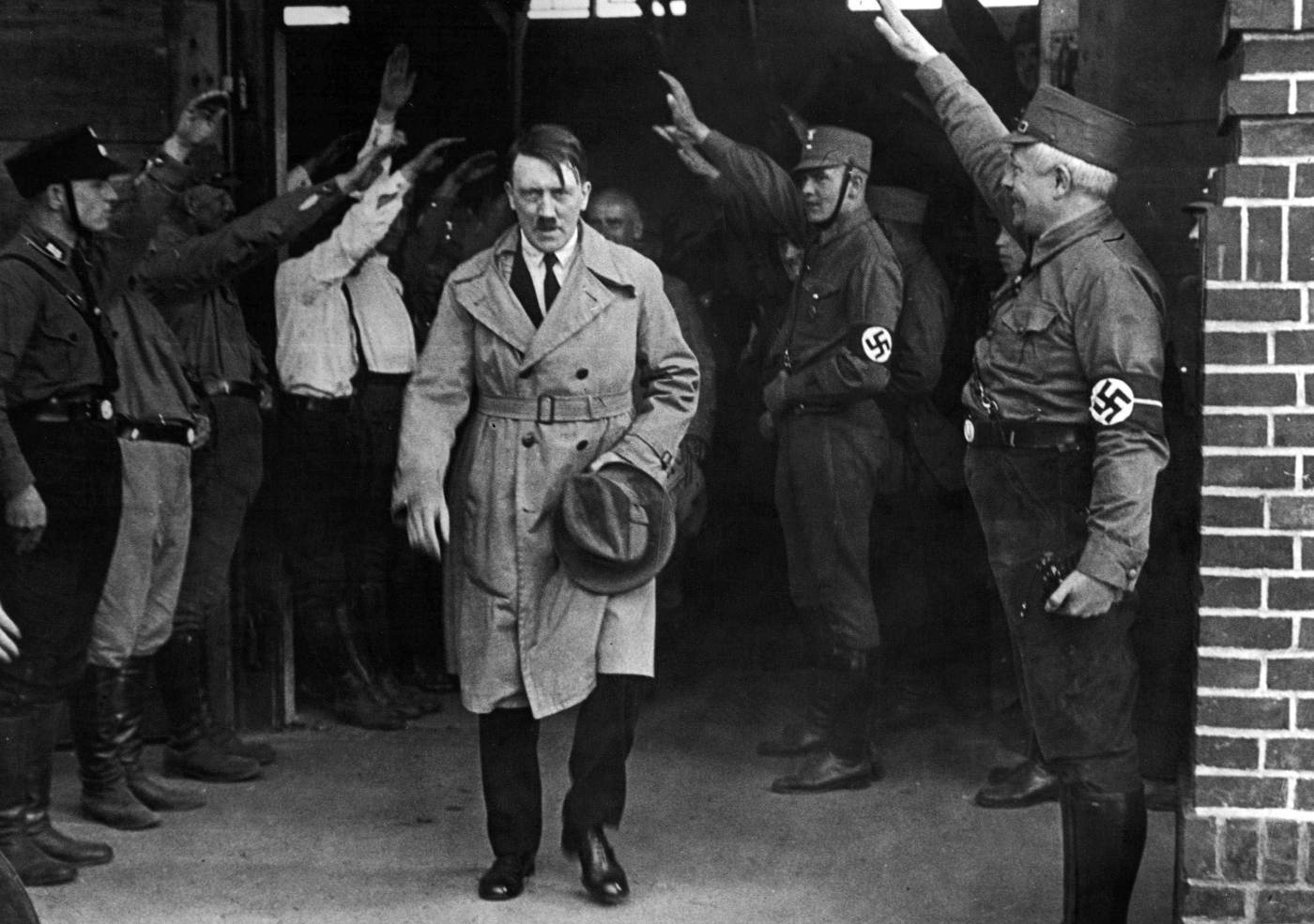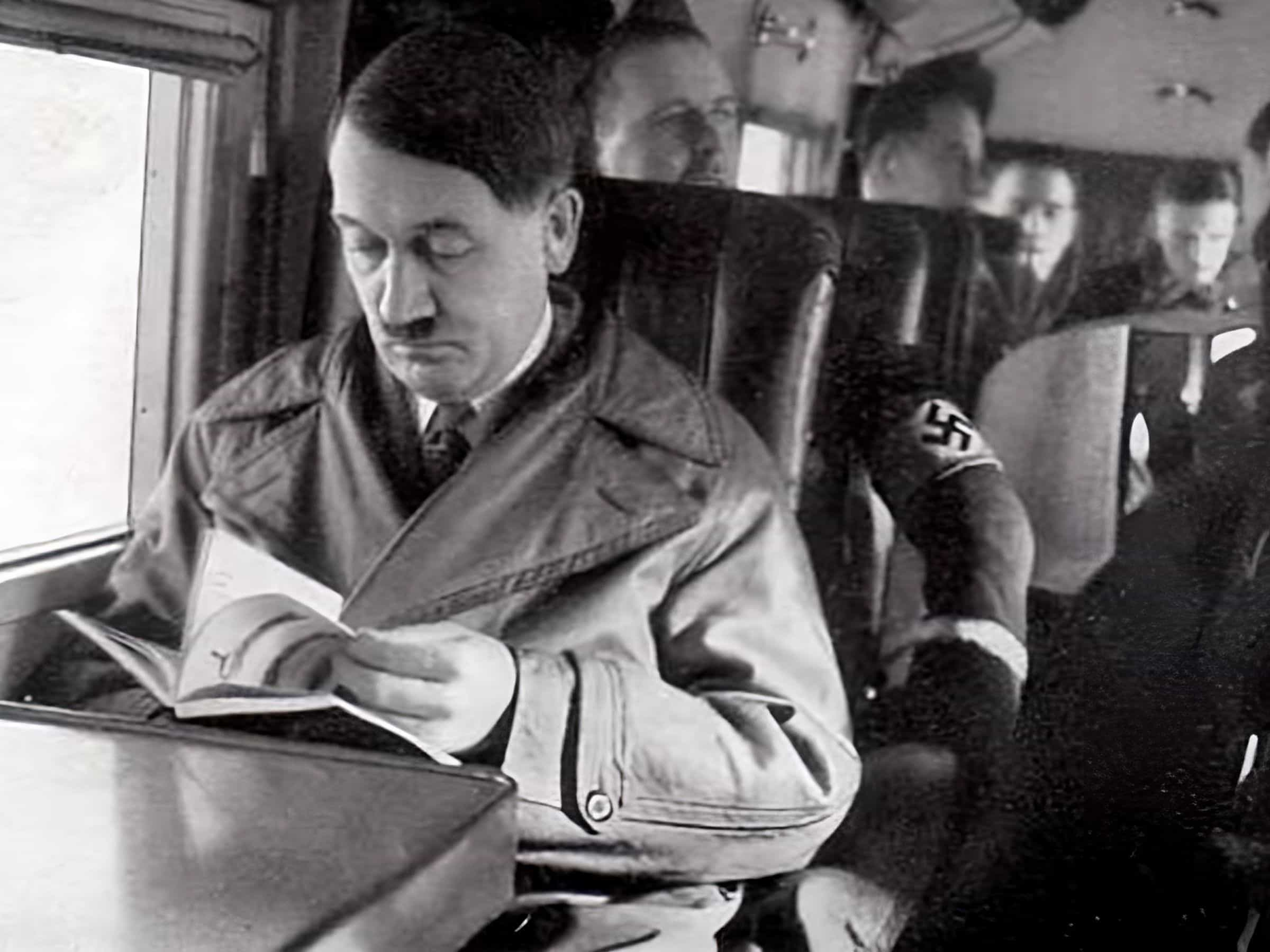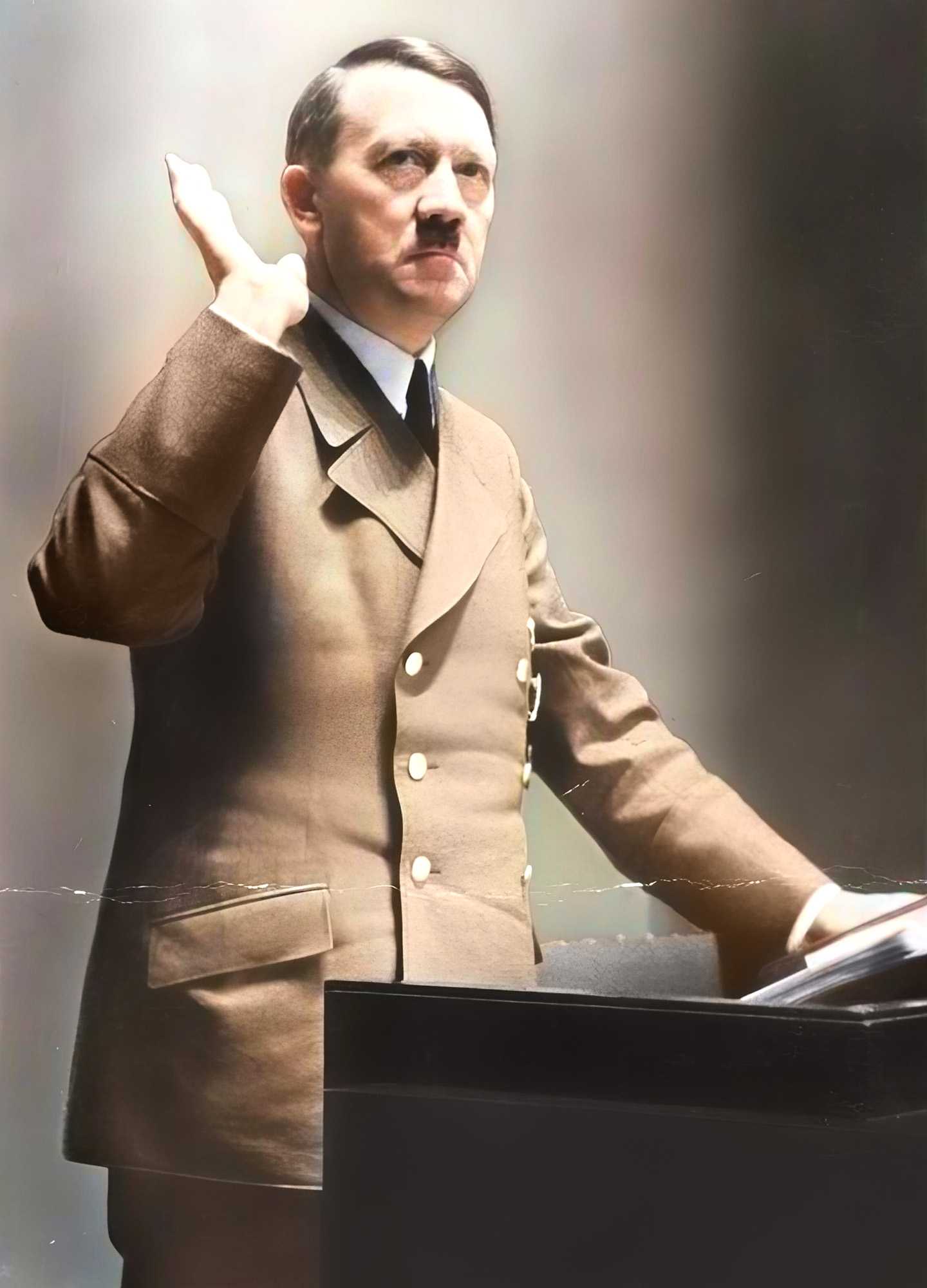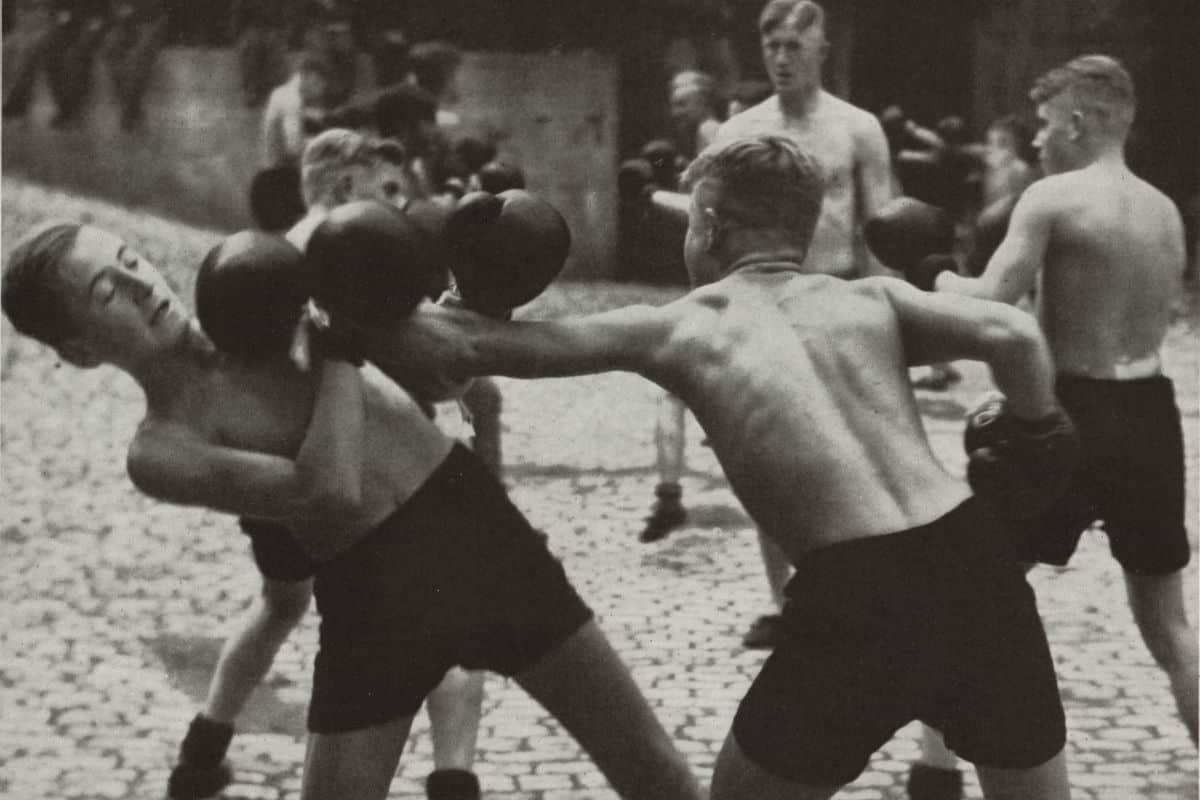Hitler’s personal physician was waiting for him when he awoke in the wee hours of the morning. Hitler rolled up the sleeve of his pajamas and moaned, “Doctor, I’m very delighted when you arrive in the morning.” He had, as usual, stayed up all night and only fallen into a narcotic slumber early in the morning after taking barbiturates.
The doctor administered the daily “vitamin” cocktail through injection. Its energizing effects were felt right away. Adolf Hitler was grateful for it. Since the conflict was still raging outside, crucial choices had to be taken.
Hitler believed his personal physician, Berlin urologist Dr. Theodor Morell, had supernatural abilities. Hitler’s secretary, Traudl Junge, said thereafter that Hitler had been “downright hooked on Morell,” and Hitler himself believed the drug had saved his life several times.
To the extent of becoming hooked, like a fixer who awaits his dealer’s daily arrival.
Vitamin cocktail, or so they said
At the very least, there were valid reasons to dispute Morell’s claim that the “Vitamultin A” ampoules he gave Hitler every morning contained nothing but vitamins. Crystal meth, or pervitin, was added to the supposedly vitamin-rich concoction, lending further credence to the claim.
It was discovered in the 1979 research “Medical Casebook of Adolf Hitler” by U.S. psychiatrist Professor Leonhard Heston of the University of Minnesota and his nursing wife Renate Heston that vitamins alone did not work as energy boosters. Hitler’s Germany had only Pervitin, a mild stimulant, at its disposal.
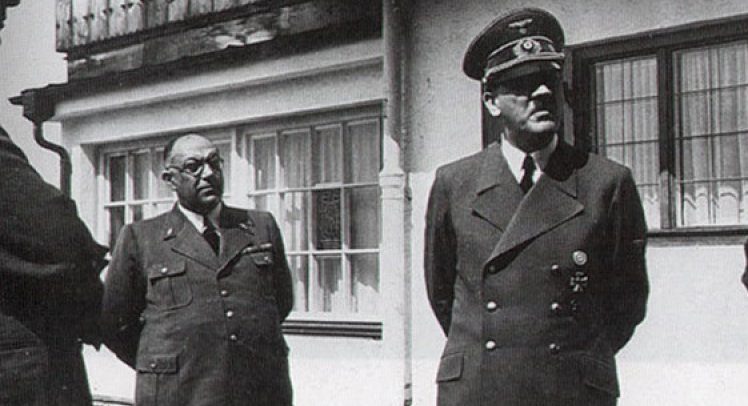
The Hestons concluded through interviews with eyewitnesses, reviews of medical literature, and analysis of Morell’s legacy that Hitler was likely prescribed a combination of vitamins, pervitin, and caffeine by his personal physician to augment the effects of methamphetamine.
General Building Inspector Albert Speer, a close friend of Hitler’s who passed away in 1981, found the Hestons’ research to be “the first scientific medical examination of Hitler’s medical history,” thus the argument must have some merit.
Chocolate for housewives
Japanese scientist Nagai Nagayoshi first synthesized methamphetamine in liquid form in 1893. Research on a private method of making the psychoactive compound started in 1934 in Germany, and Temmler-Werke GmbH was granted a patent for it in 1937.
It wasn’t until a year later, under the brand name Pervitin, that the medication finally made its way into pharmacies, and at first, it was completely free. “Housewife’s chocolate,” or chocolate mixed with Pervitin, was a huge hit. The firm advertised it as “Pervitin makes housewives happy.”
The stimulant’s euphoric and disinhibiting effects, together with its ability to boost focus and performance while simultaneously dulling the sensations of pain, fear, hunger, and thirst, quickly piqued the attention of the Wehrmacht.
Soldiers are pepped up with “Panzerschokolade”
Millions of doses of Pervitin were distributed, especially during the “Blitzkrieg” attacks on Poland and France in 1939 and 1940. “Tank chocolate” (Panzerschokolade), “Stuka tablets” (Stuka-Tabletten), “Pilot’s marzipan” (Flieger-Marzipan), and “Hermann Göring pills” (Hermann Göring-Pillen) were some of the street names that the armed forces used to refer to the substance.
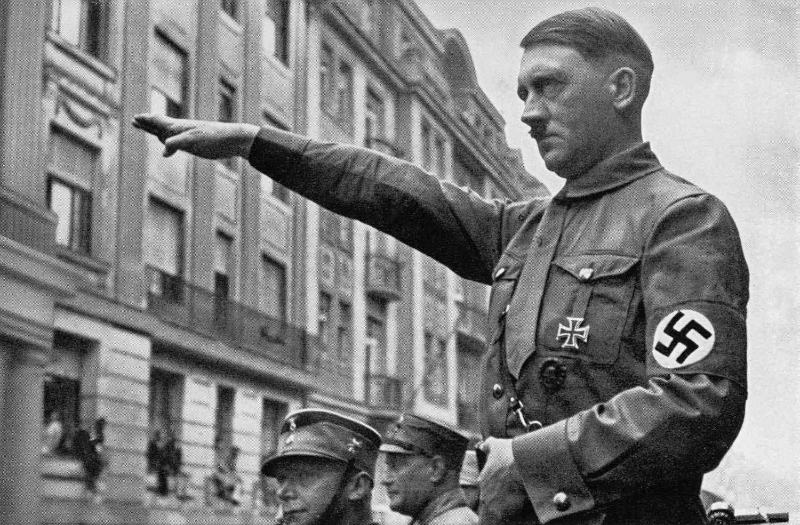
Between April and June of 1940, the Wehrmacht received 35 million tablets of methamphetamine, which they purchased from both Temmler-Werke (who had the rights to Pervitin until 2015) and Knoll AG (which was situated in Ingelheim and had released their own formulation, Isophan).
Every single German soldier, from infantrymen to fighter pilots, carried about a supply of “Wachhaltemittel” (as the company named it). Substance dependence developed in several of them.
A future Nobel Prize winner puts in a request for Pervitin
On November 9, 1939, a young soldier wrote to his “dear parents and siblings,” explaining that “the service is tight and you must understand if subsequently I write to you only every two to four days.” “Today I write mainly for Pervitin.”
May 20, 1940: “Perhaps you could obtain me some more Pervitin for my supply,” a 22-year-old Polish soldier from occupied France wrote. This time, he wrote on July 19, 1940, “Send me some more Pervitin soon, if possible.”
The young private went on to win the Nobel Prize for Literature in 1972, having become an author. Heinrich Böll was his name.
Doctors on the front lines detected a pattern of widespread drug use. Reich Health Leader Leonardo Conti told the National Socialist German Medical Association in Berlin on March 19, 1940: “Whoever wants to eliminate fatigue with Pervitin can be sure that the collapse of his efficiency must come one day.”
The message he was trying to send was not yet heard. Only after a sex scandal broke did the Ministry of the Interior feel compelled to place Pervitin and other methamphetamine preparations under the Opium Act on July 1, 1941, effectively banning them. A drug distributor in Berlin unlawfully obtained significant amounts of Pervitin and distributed it not just to pharmacies but also to a brothel.
What Hitler now faces
Hitler and his physician had a lot of trouble with the new legislation. While it’s true that Hitler had immunity from prosecution, the control authorities now had a direct line of sight to every pill of methamphetamine being distributed.
Hitler’s personal doctor, Morell, now had his “Vitamultin” produced in his own Hamma factory to prevent the news of Hitler’s drug addiction from spreading.
Gold-wrapped pills were readily available to Hitler at all times. There were reports of his consuming up to 12 of them daily. For the most part, but especially in times of crisis. Indeed, right up to the moment of his death.
The Hestons believe that by early 1942 at the latest, Hitler was now receiving the stimulant through intravenous injection in addition to oral medication. As a result, Hitler’s personal physician had to make a daily trip to the Reich Chancellery.
Known as the “Reich Master of Injections”
The overweight celebrity doctor Theodor Morell was not well-liked by Hitler’s inner circle. Morell was referred to as the “Reich Master of Injections” by Luftwaffe leader Hermann Göring (who was himself addicted to morphine) and the “unsavory, obese crank” by Colonel General Heinz Guderian.
Eva Braun, Hitler’s wife, complained to her partner that the doctor Morell was unclean. Hitler told her that Morell was not there to be touched but rather to maintain his health.
By his own admission, Hitler made a promise to his “beloved doctor” in November 1944: “If we both come through the war happy, then you shall see how much I will pay you.”
There, Adolf Hitler had a methamphetamine dependency. Many of his men, including a future Nobel laureate, used “Hitler Speed” to get psyched up before heading into war.
Bibliography
- Ohler, Norman (2017) Blitzed: Drugs in the Third Reich. New York: Houghton Mifflin Harcourt. ISBN 978-1-328-66379-5
- The Medical Casebook of Adolf Hitler: Final Diagnoses and World War II – Dr Leonard L Heston, M.D. – Google Books
- Morell, Theodor; Irving, David (1983). The Secret Diaries of Hitler’s Doctor. New York: Macmillan. ISBN 978-0025582507.


